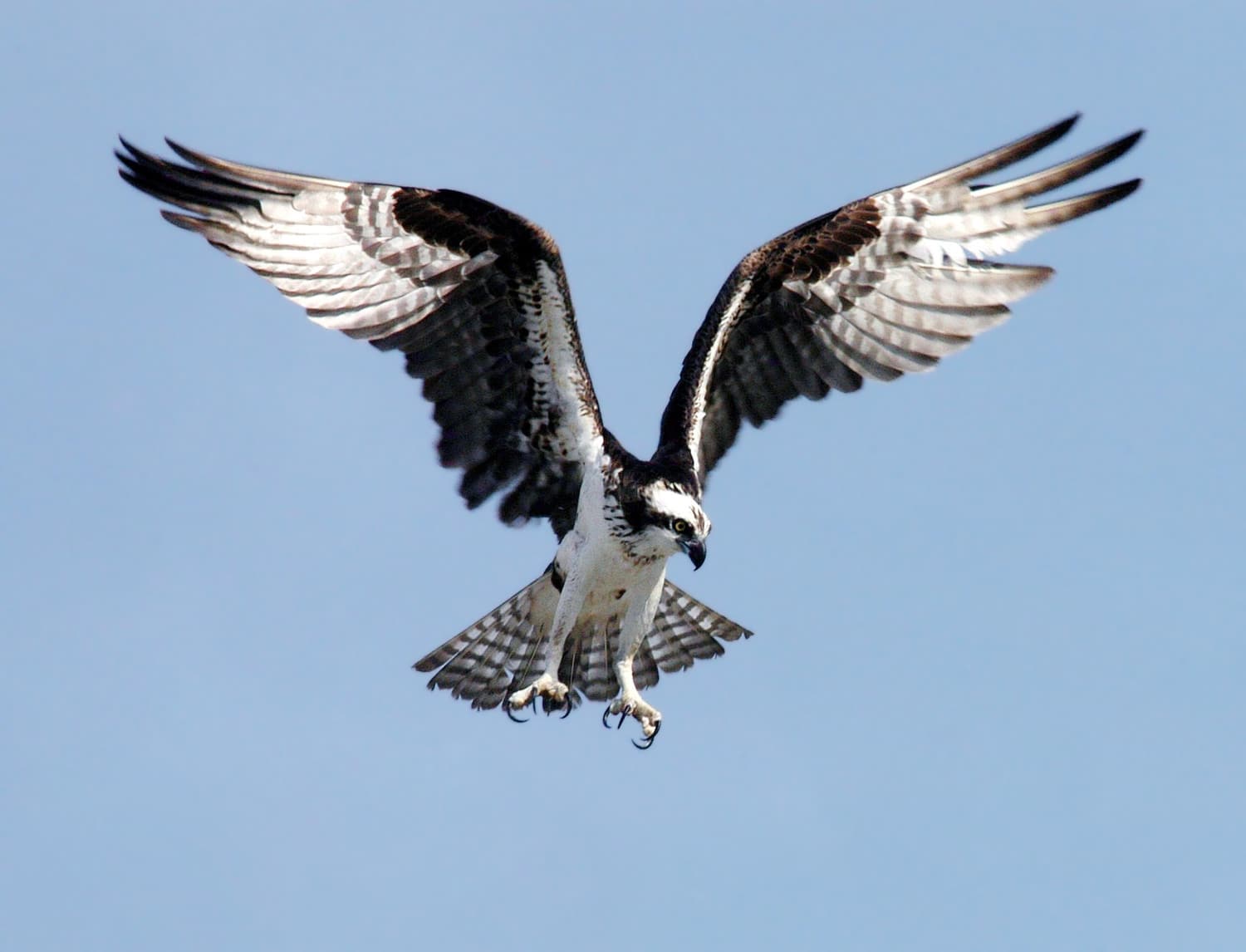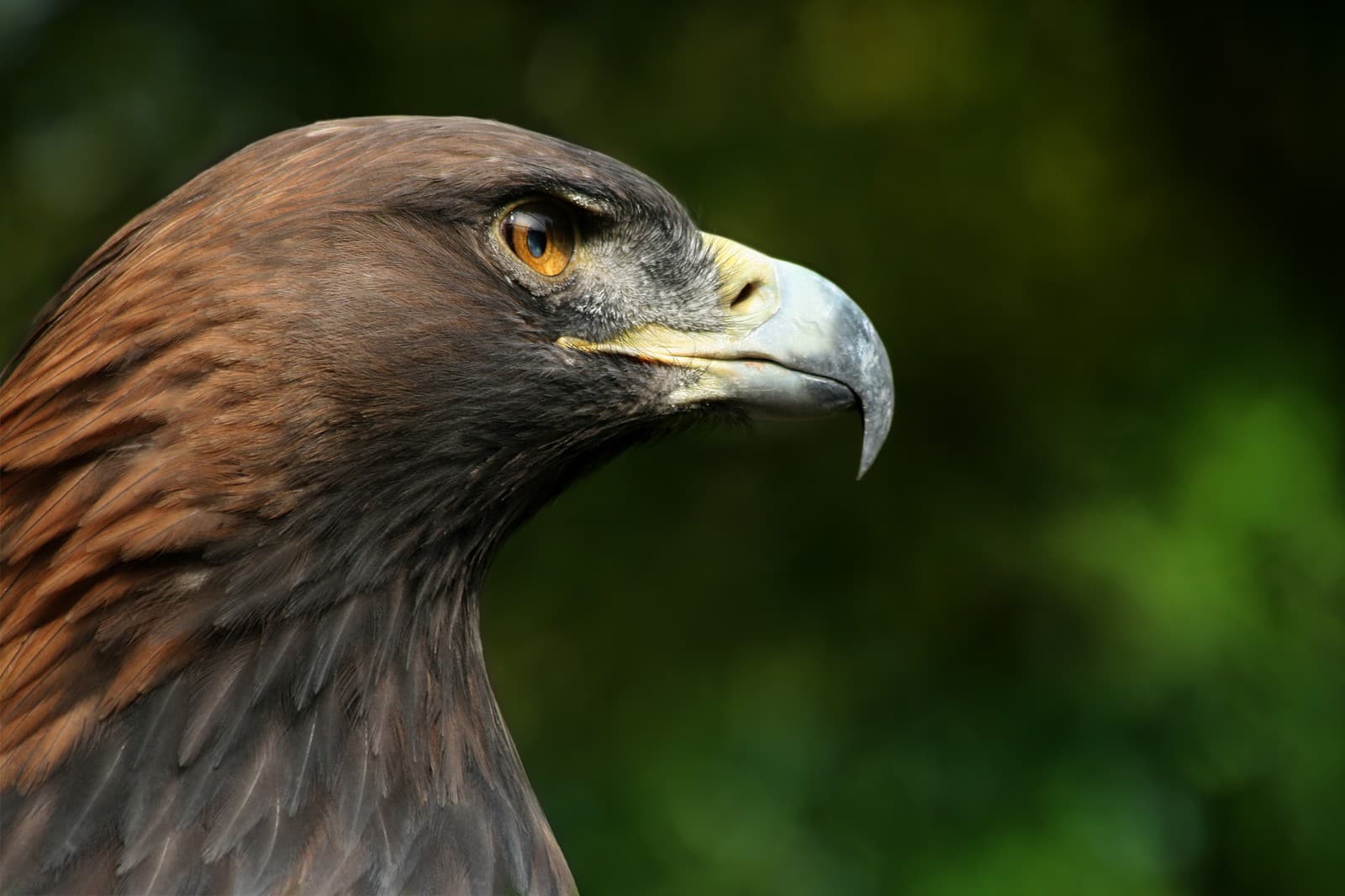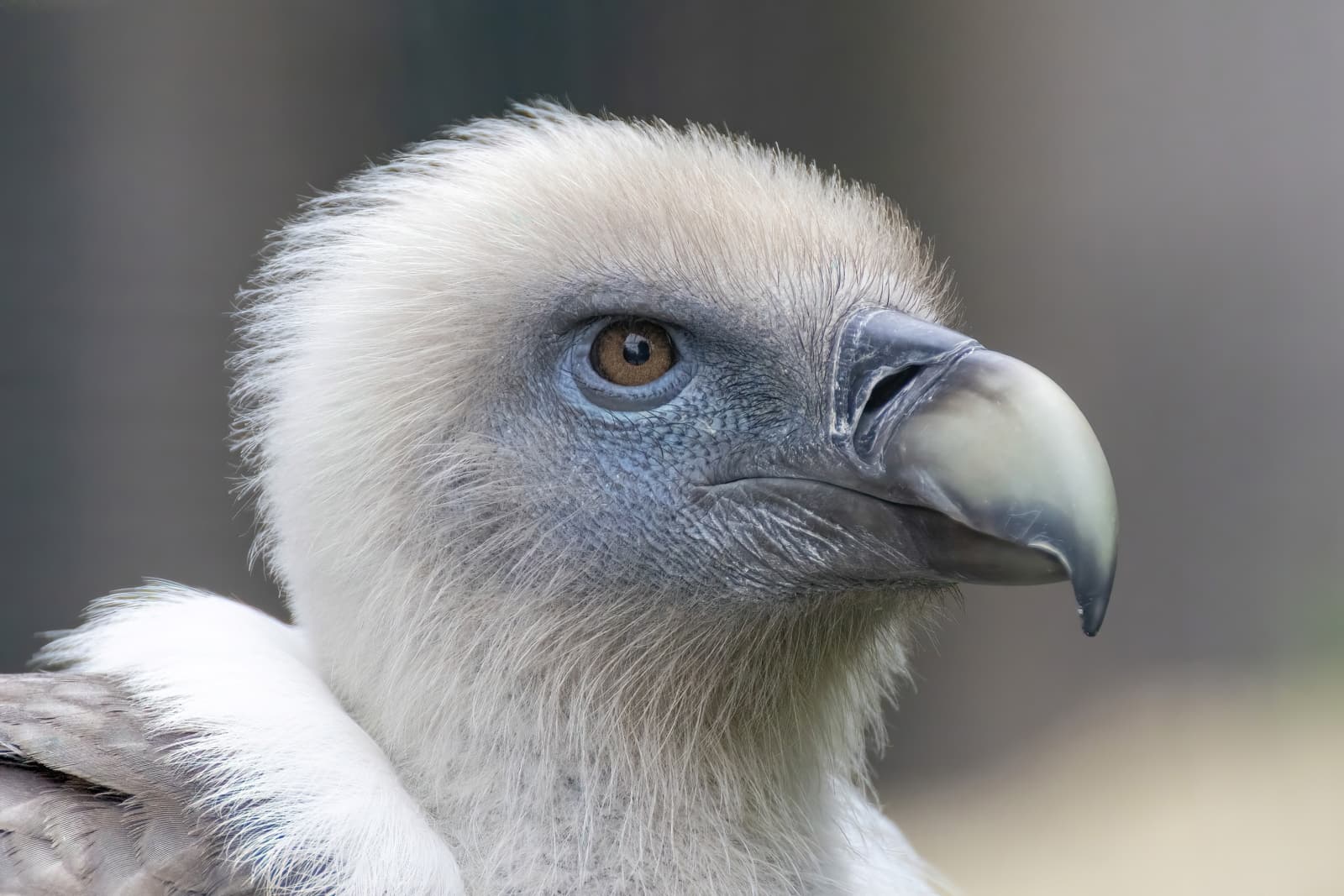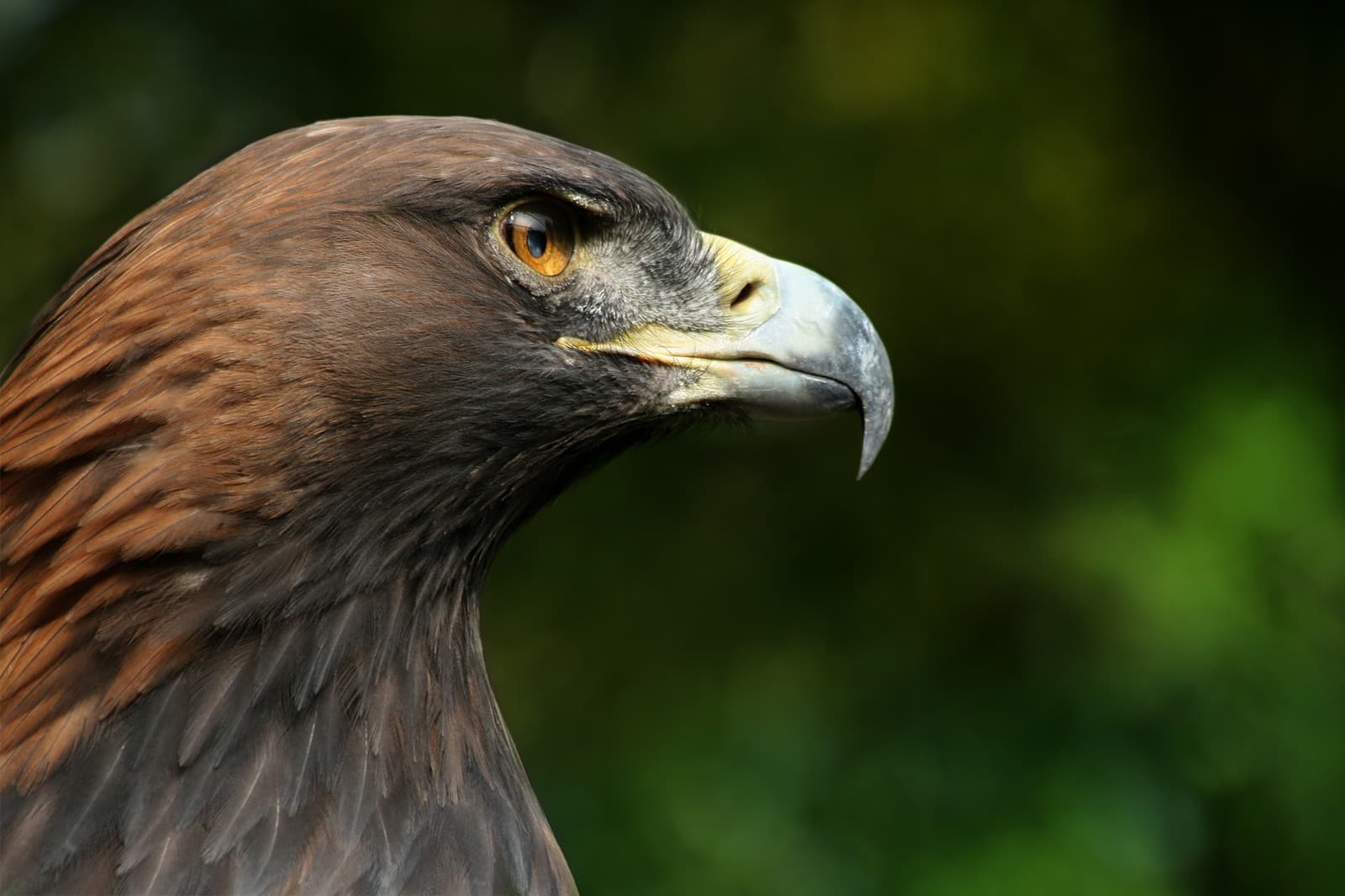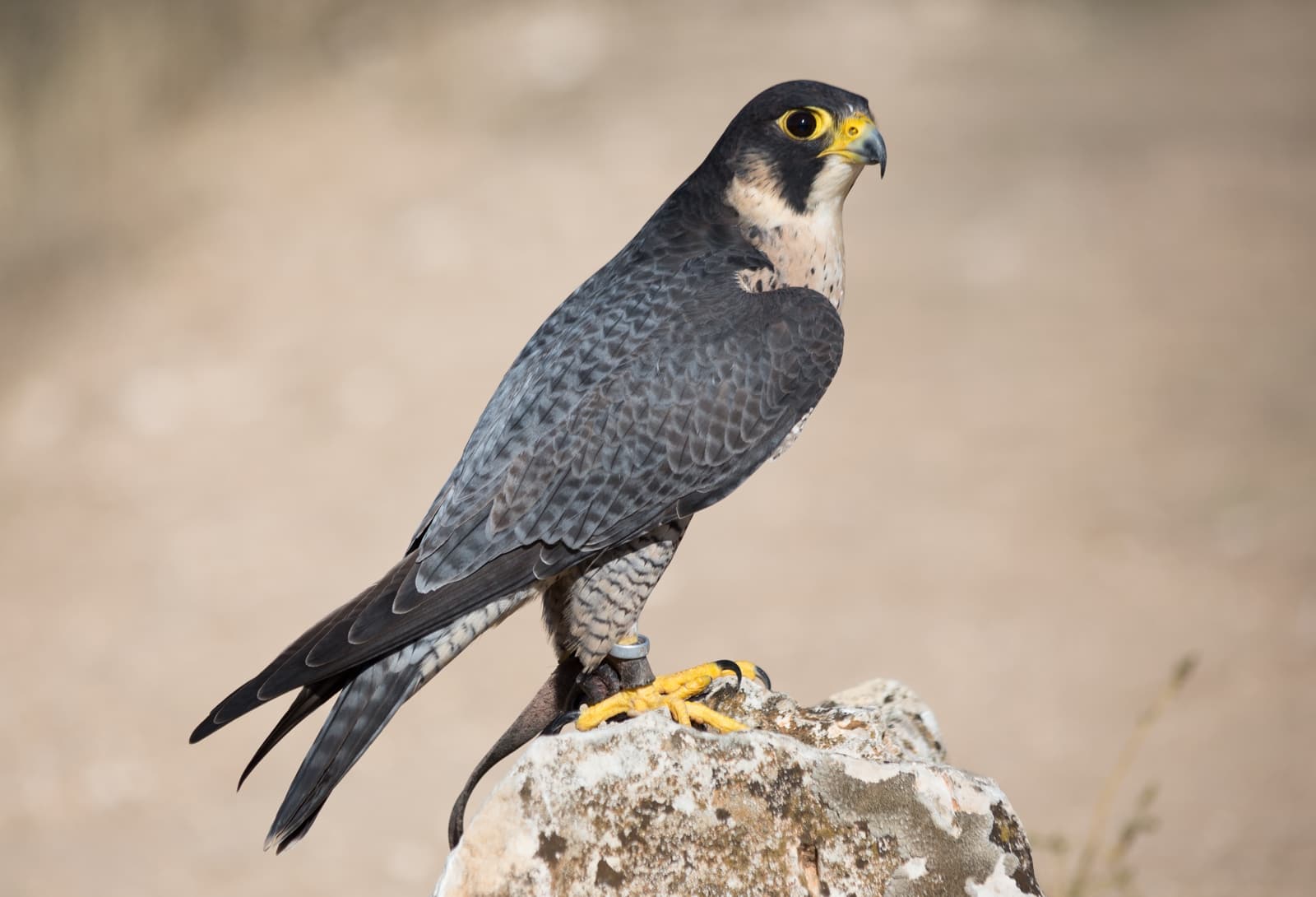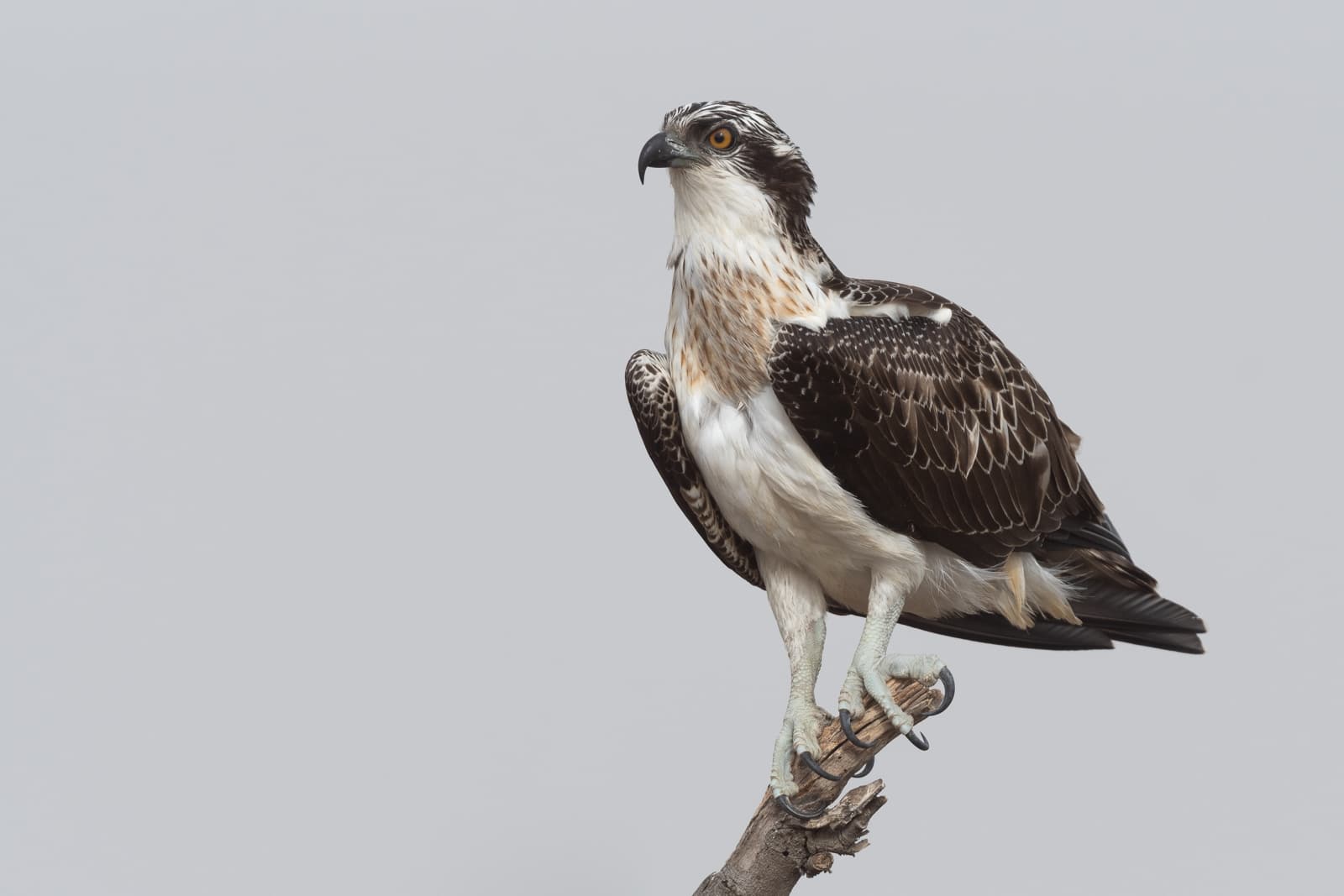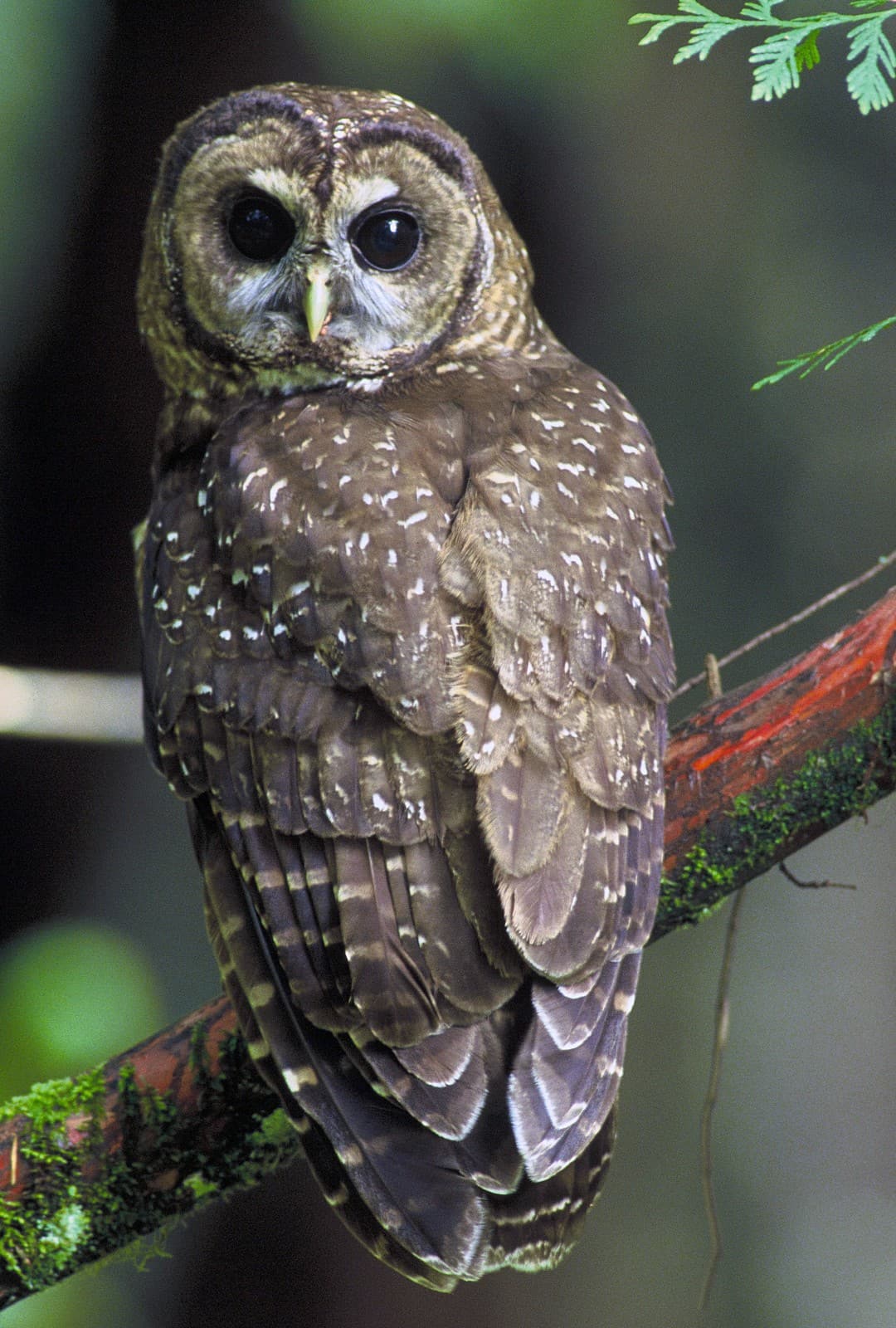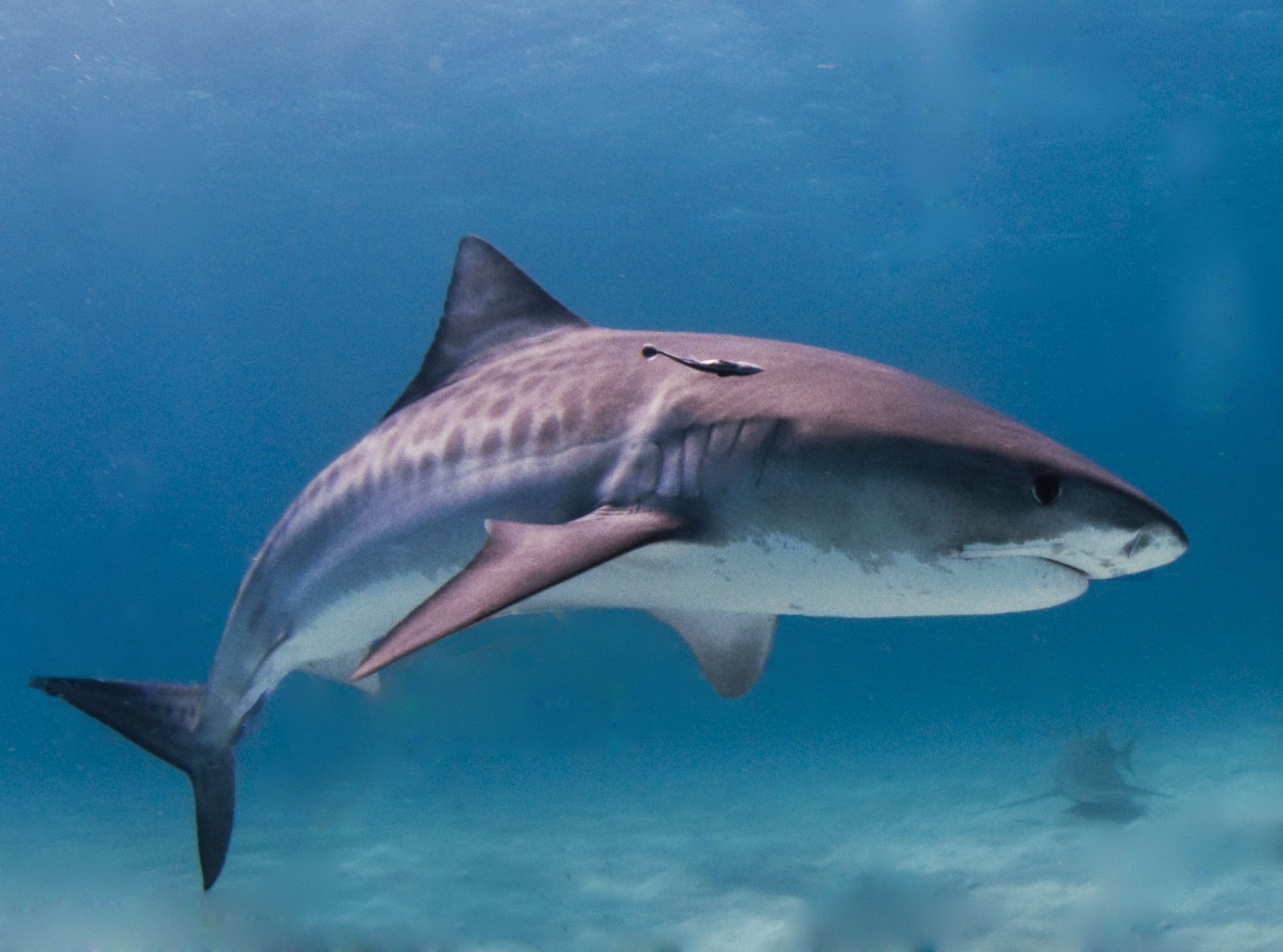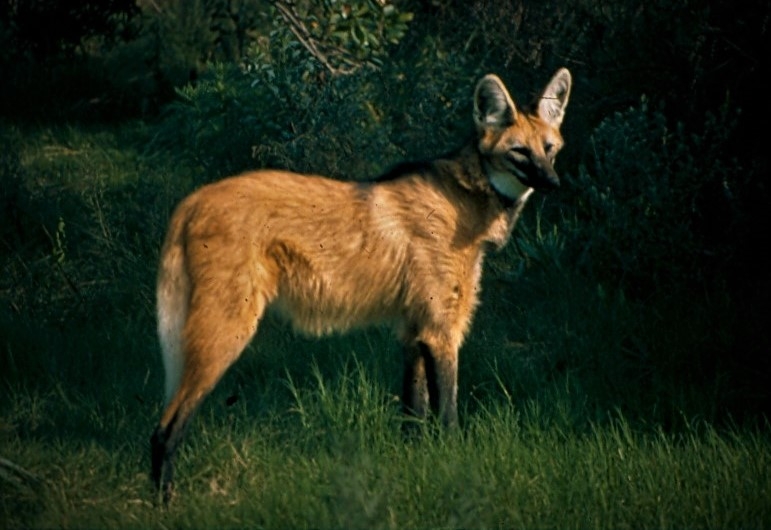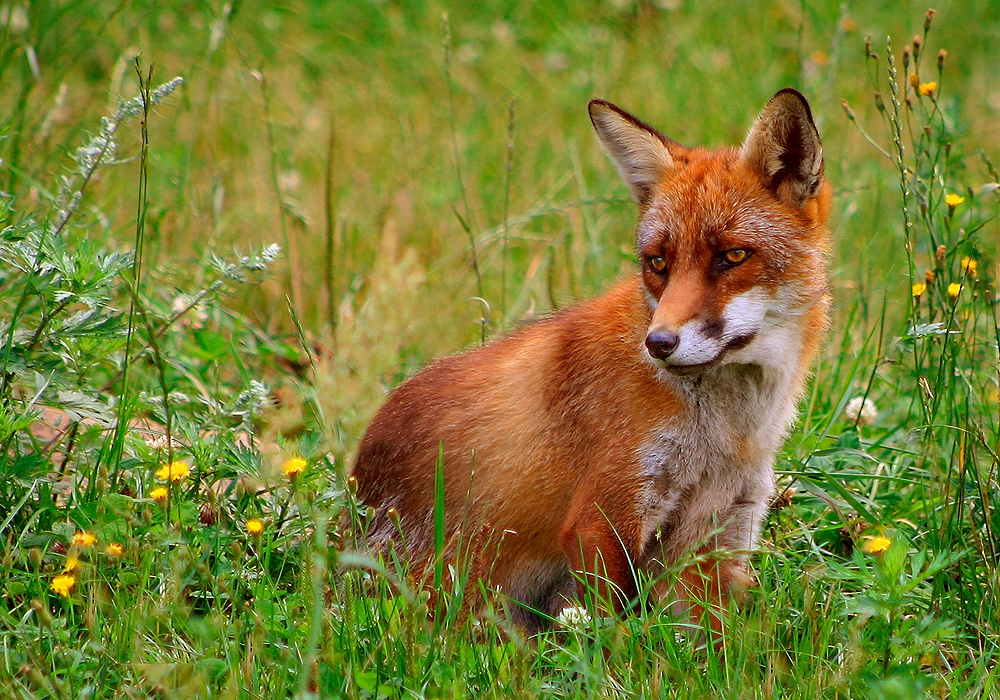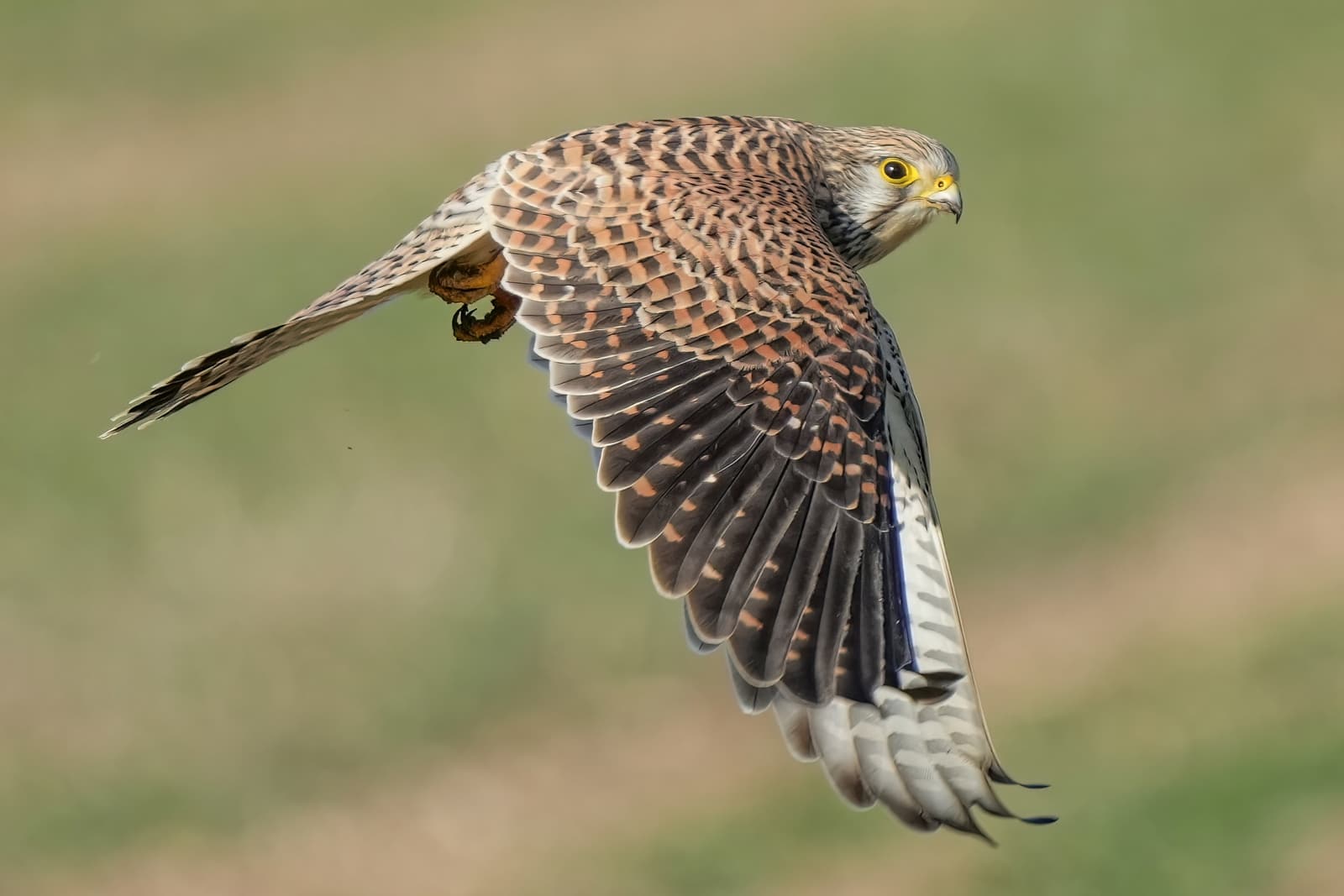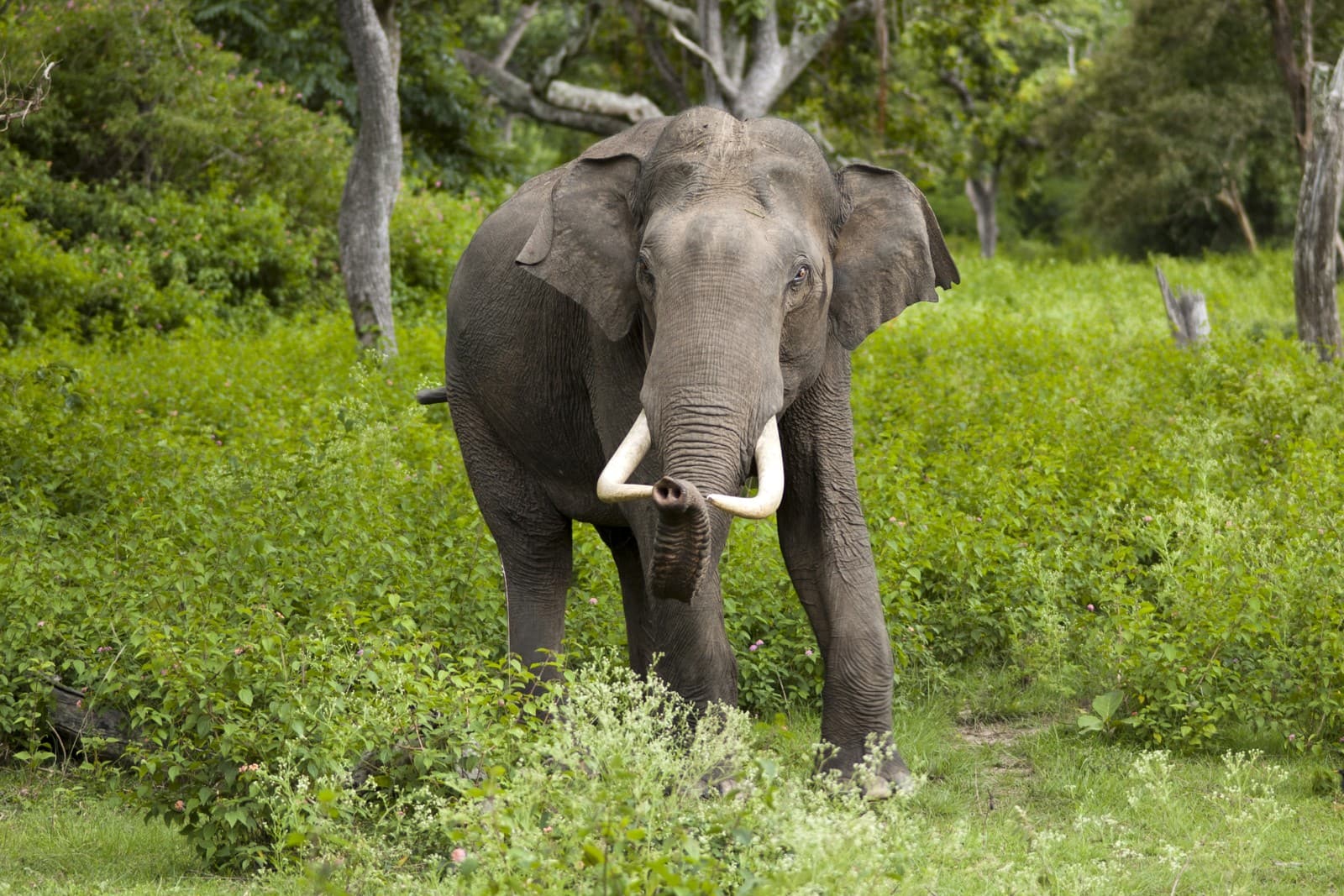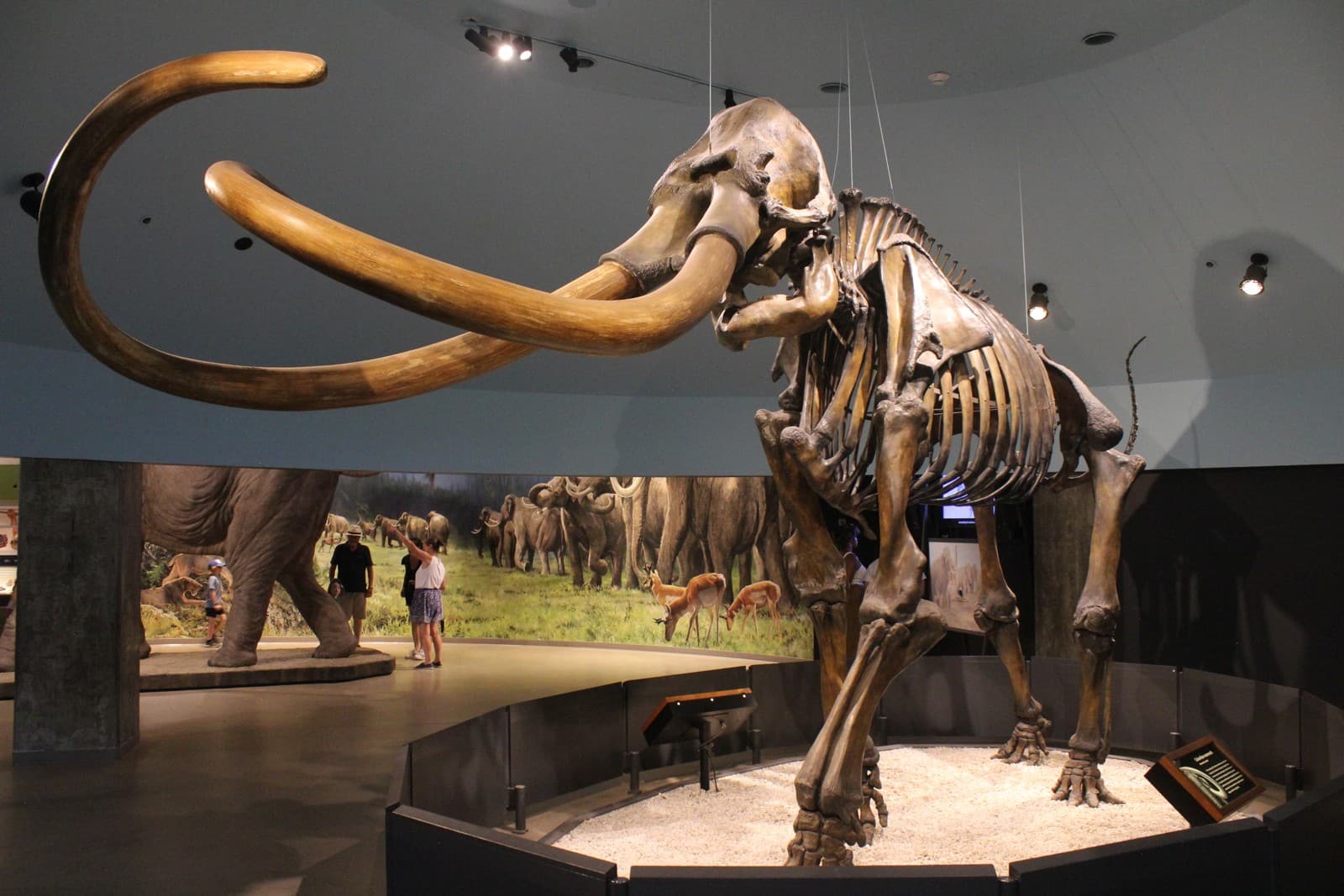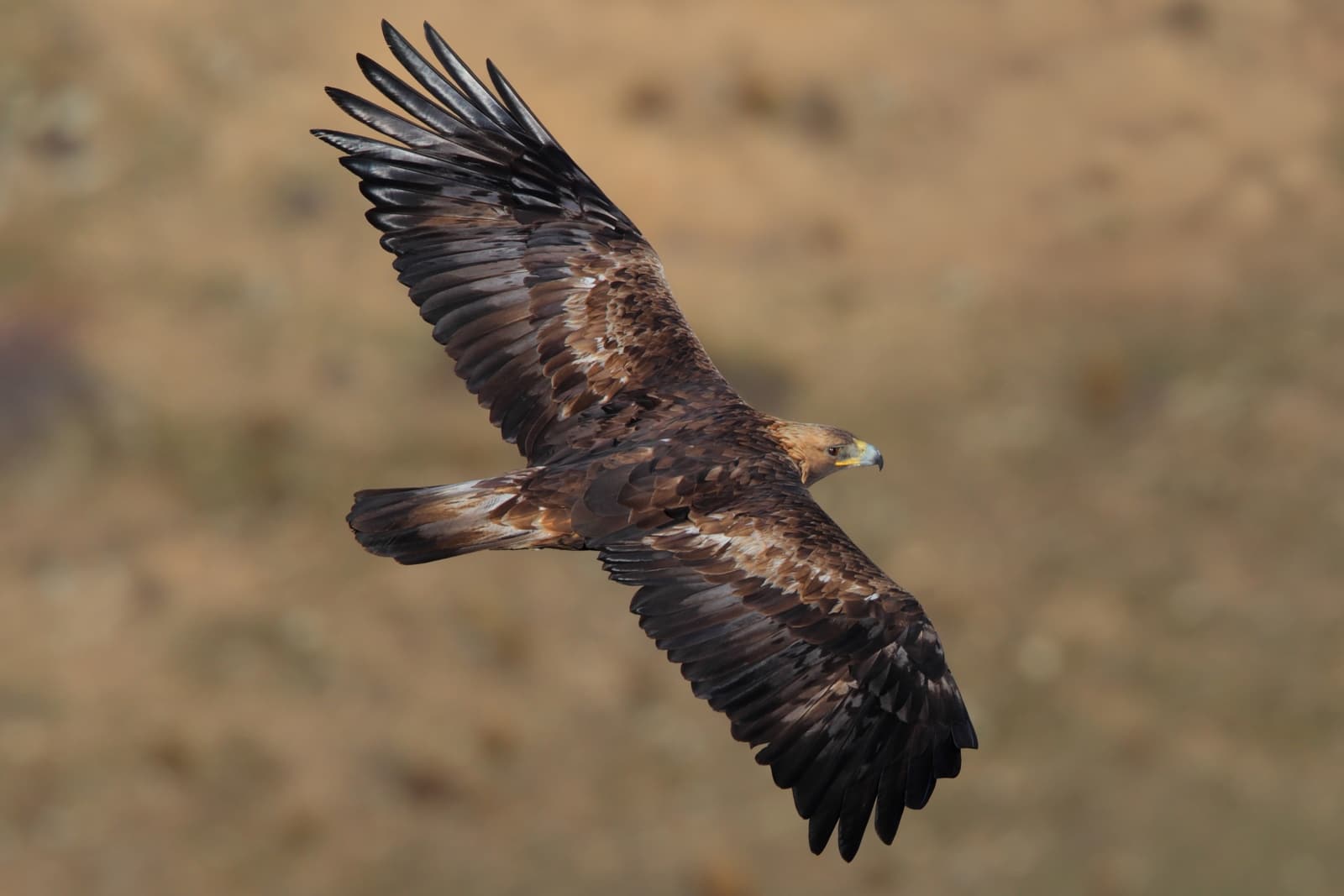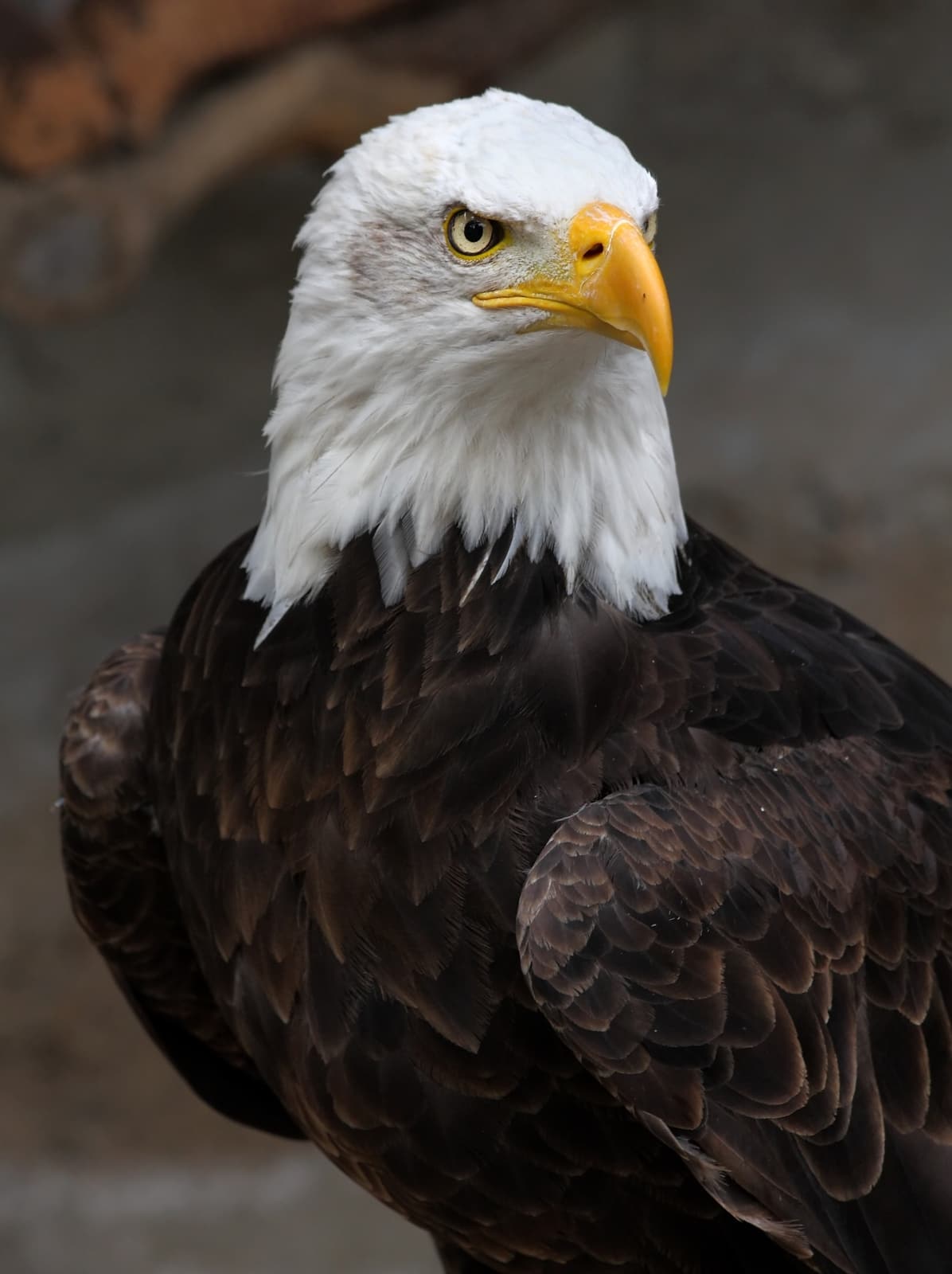Eagle vs Hawk: A Complete Comparison
When comparing eagles vs hawks, size stands as the most striking difference between these magnificent birds of prey. Eagles generally dwarf their hawk cousins, with the largest eagle species reaching wingspans of 7.5 feet (2.3 meters), while most hawks top out at around 4 feet (1.2 meters). This size distinction influences everything from their hunting strategies to their preferred prey.
As a wildlife journalist who has tracked both species across six continents, I’ve observed that eagles typically target larger prey like rabbits and small deer, while hawks often pursue smaller quarry such as mice and songbirds. These hunting preferences stem from fundamental differences in their physical characteristics and hunting behaviors.
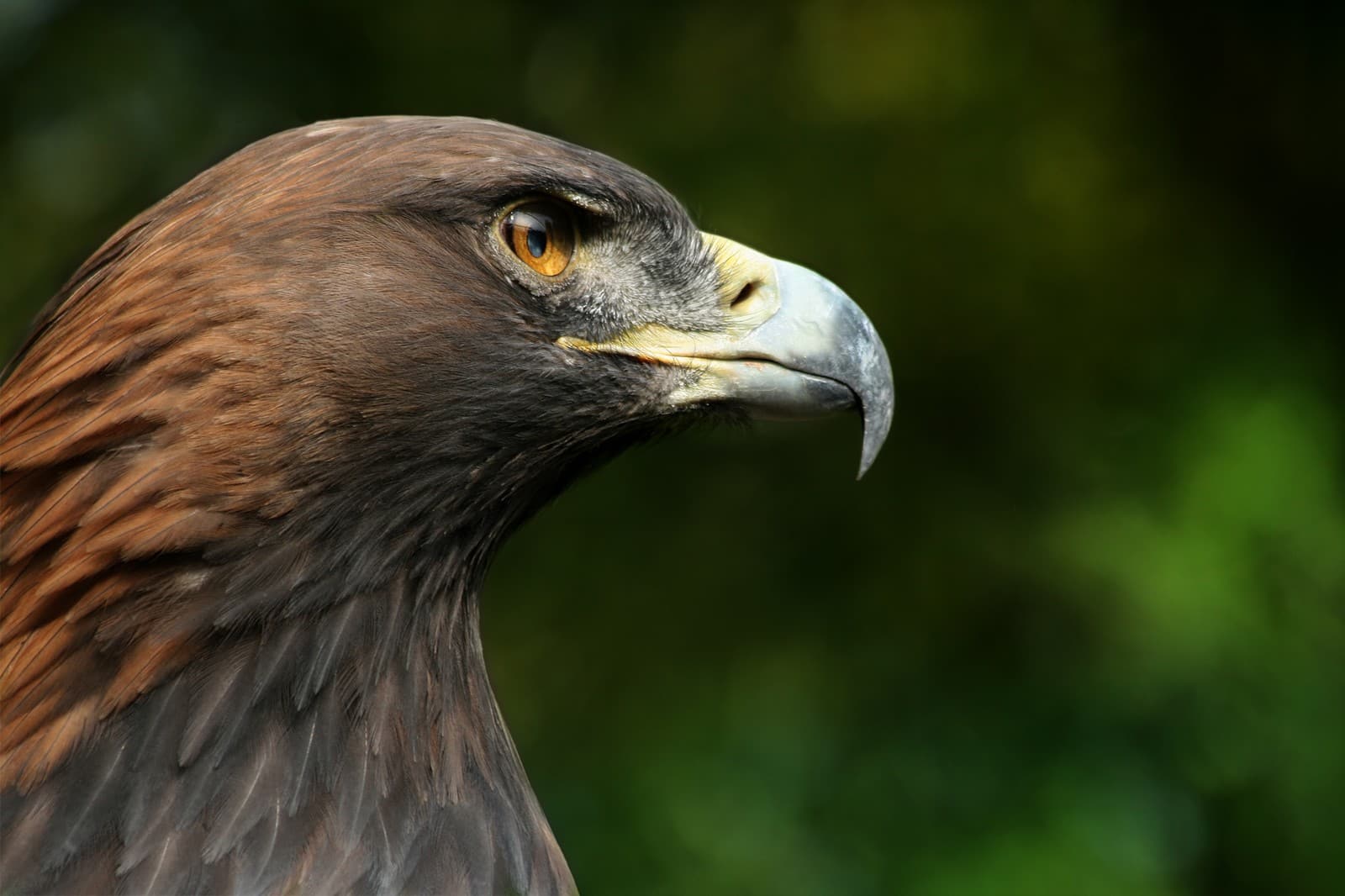
© Richard Bartz, Munich aka Makro Freak / CC BY-SA 2.5
The Golden Eagle exemplifies the power and majesty typical of eagle species, with its robust beak and fierce eyes adapted for tackling large prey. Notice the distinctive darker plumage and more massive beak structure compared to most hawk species.

© Calibas / CC BY-SA 3.0
The Rough-legged Hawk displays the characteristic lighter build and more streamlined features common to hawk species, perfectly adapted for agile pursuit of smaller prey through woodland areas.
Key Differences: Eagle vs Hawk
| Feature | Eagle | Hawk |
|---|---|---|
| Size | Larger: 2.5-7.5 ft (0.8-2.3 m) wingspan | Smaller: 2-4 ft (0.6-1.2 m) wingspan |
| Beak | Longer, more pronounced curve | Shorter, sharper curve |
| Prey Size | Larger prey (rabbits, small deer) | Smaller prey (mice, small birds) |
| Hunting Style | Soaring, powerful dives | Agile, quick turns through vegetation |
| Habitat | Open areas, mountains | Varied, including woodlands |
| Wing Shape | Broader, fingers-like wingtips | Shorter, rounded wings |
Hunting Strategies and Capabilities
Eagles and hawks employ distinctly different hunting techniques based on their physical attributes. Eagles typically soar at higher altitudes, using their superior eyesight to spot prey from up to 2 miles (3.2 kilometers) away. Their larger wingspan allows them to glide effortlessly for hours while searching for prey.
Hawks, conversely, often employ a “perch and pounce” strategy, using their exceptional maneuverability to navigate through woodland areas. Their shorter wings enable quick turns between trees, making them more effective hunters in densely vegetated areas.
Habitat and Distribution
While both eagles and hawks are found worldwide, their preferred habitats differ significantly. Eagles generally favor open landscapes and mountainous regions, requiring larger territories that can span up to 60 square miles (155 square kilometers). Hawks demonstrate greater adaptability, thriving in diverse environments from urban areas to dense forests.
Physical Adaptations
The physical differences between eagles and hawks extend beyond size:
- Talons: Eagle talons can be up to 3 inches (7.6 cm) long, while hawk talons typically measure 1-2 inches (2.5-5 cm)
- Vision: Both possess exceptional eyesight, but eagles can spot prey from higher altitudes
- Wing Structure: Eagles have longer, broader wings with distinct “fingers” at the tips, while hawks display shorter, rounded wings
- Body Mass: Eagles typically weigh 8-15 pounds (3.6-6.8 kg), hawks usually 1.5-3.5 pounds (0.7-1.6 kg)
Who Would Win in a Confrontation?
In direct confrontations, eagles generally dominate hawks due to their superior size and strength. An eagle’s significantly larger talons and more powerful grip force—up to 400 pounds per square inch (psi) compared to a hawk’s 200 psi—give them a decisive advantage. However, such confrontations rarely occur in nature as these birds typically avoid direct competition through habitat and prey specialization.
Conservation Status and Threats
Both eagles and hawks face similar conservation challenges:
- Habitat loss due to urban development
- Agricultural pesticide exposure
- Climate change impacts on prey availability
- Human persecution and poaching
Conservation efforts have helped many species recover, with the Bald Eagle serving as a notable success story after nearly becoming extinct in the mid-20th century.
Conclusion
While eagles and hawks share many characteristics as birds of prey, their distinct adaptations make them perfectly suited for different ecological niches. Eagles excel as powerful hunters of larger prey in open areas, while hawks demonstrate remarkable agility as pursuit hunters in more confined spaces. Understanding these differences helps appreciate the unique role each plays in maintaining healthy ecosystems.
